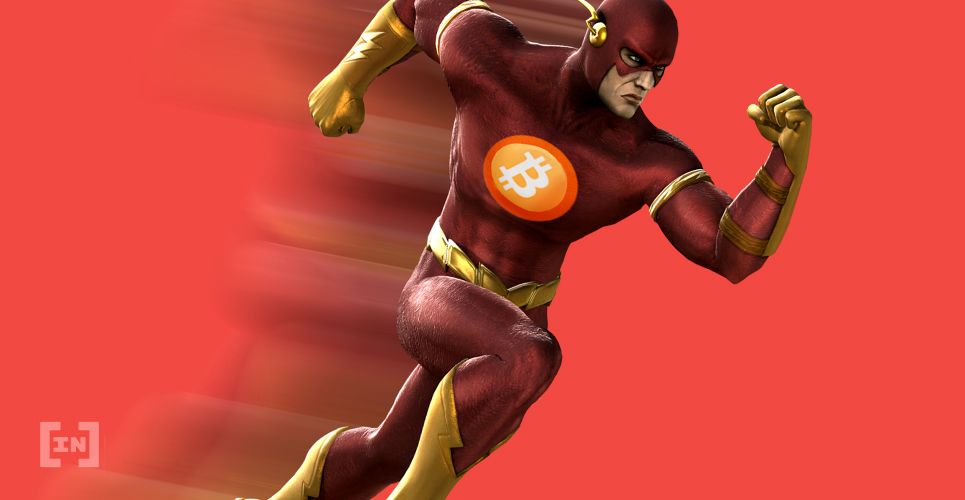
Propagating Through the Network
Every node in the Bitcoin network communicates with other nodes closest to them, forming a peer-to-peer (P2P) network. When a block is created by any of the nodes, it is immediately sent out to neighboring nodes for validation. The neighboring nodes will forward this to their closest nodes and in a chain reaction blocks propagate through the whole network until everyone has the same blockchain.Data from the Bitcoin blockchain suggests that block propagation time has decreased since the start of the year. Bitcoin block propagation time has started in January at an average of one second and has improved in the second half of the year by 50 percent. Right now, at least 50 percent of the nodes now receive a newly created block within 0.5 seconds on average. This means that blocks created by miners are transmitted much quicker to at least 51 percent of the network. The beneficial consequence of this is that the number of invalid blocks decreases. Less invalid blocks lead to miners improving their operational efficiency. Block propagation time is a blockchain metric that hasn’t been attracting much attention, but it is one of the pillars for the much more popular transactions per second metric. The former, however, directly influences the number of transactions per second a network could sustain. Bitcoin’s system has a cap on how much data can fit into a block; therefore reduced block propagation speed translates into an opportunity to higher transactions per second on-chain.Bitcoin block propagation started the year off averaging over 1 second to reach half of the nodes on the network and has since improved by about 50% down to half a second. pic.twitter.com/VpbT3GbgyO
— Jameson Lopp (@lopp) December 22, 2018
Bitcoin’s Continued Development
This doesn’t necessarily mean that Bitcoin would be able now to sustain thousands of transactions per second. More than anything, this development highlights the on-going progress on optimizing Bitcoin’s code base.2018 isn’t the first year when block propagation through the network has improved. Bitcoin’s blockchain activity has been monitored for over three years and its visualization nicely showcases the growth of the network. As the number of nodes around the world grew, the information flow through the network has also accelerated. Year after year, incremental updates have led Bitcoin to the network it is today. Looking at the fundamentals, transactional metrics and growing ecosystem — is Bitcoin inching closer to the currency system the world needs and deserves? What are your thoughts on this? Is Bitcoin ready to claim its stake as a global currency system? Let us know your thoughts in the comments below!Tracking the propagation of a Bitcoin block on January 2, 2018. The hard work Bitcoin developers have put into improving network propagation is quite clear! pic.twitter.com/JcuvlK0Xuj
— Jameson Lopp (@lopp) May 23, 2018
Disclaimer
In adherence to the Trust Project guidelines, BeInCrypto is committed to unbiased, transparent reporting. This news article aims to provide accurate, timely information. However, readers are advised to verify facts independently and consult with a professional before making any decisions based on this content. Please note that our Terms and Conditions, Privacy Policy, and Disclaimers have been updated.


